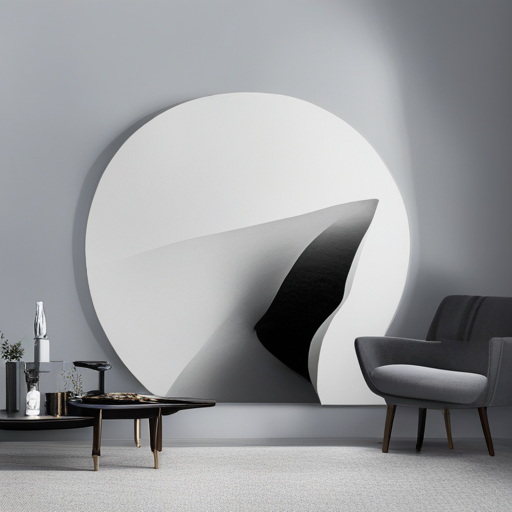반응형

Introduction The printing method of food packaging paper significantly influences the quality of the product, the brand image, and even the safety of the food. In particular, gravure printing and flexographic printing are the most commonly used methods in food packaging paper printing. However, considerations about the impact of these printing methods on the environment and the harmfulness to th..

Introduction The form of food has evolved due to internal and external factors such as lifestyle changes among consumers and advancements in food manufacturing processes. The demand for convenience in food is on the rise, which has been identified as an accompanying risk factor for food safety. Reduced cooking processes mean increased potential contact with living microorganisms in food, which i..

Introduction We often encounter Home Meal Replacement (HMR) products and soy milk that have undergone sterilization or disinfection processes to extend their shelf life. These products are typically sterilized or disinfected after packaging, and if you look closely at the displayed products, you can notice that their surfaces are wrinkled or bumpy, like an orange peel. So, how and why is this st..

Introduction Hello. Today, we will explore the reasons why the shelf life of food can be extended. While shopping, there are times when we are surprised by the manufacturing date of a product, often when it was made a long time ago. Even more surprising is when you check the expiry date and it's specified as two years from the manufacture date. Most foods on our table, like soup or stew, spoil w..

Introduction Greetings, dear consumers. Today, we will discuss a common sight in our daily lives, laminated packaging, focusing on two types of films, PE and Nylon, to examine their advantages, disadvantages, and uses. Compared to PP and PE, it has better oxygen barrier properties and is mainly used as a laminating film. It is usually the outermost film of a product that we see when we look at a..

Introduction Today, let's delve into the role of PE, the lifeguard of food packaging. Have you heard of the term 'PE'? PE stands for Polyethylene, a plastic material widely used in various aspects of our daily lives, particularly in food packaging. PE is extruded in the form of film, among which LLDPE (Linear Low Density Polyethylene) and LDPE (Low Density Polyethylene) are popularly used films ..
| 내 블로그 - 관리자 홈 전환 |
Q
Q
|
|---|---|
| 새 글 쓰기 |
W
W
|
| 글 수정 (권한 있는 경우) |
E
E
|
|---|---|
| 댓글 영역으로 이동 |
C
C
|
| 이 페이지의 URL 복사 |
S
S
|
|---|---|
| 맨 위로 이동 |
T
T
|
| 티스토리 홈 이동 |
H
H
|
| 단축키 안내 |
Shift + /
⇧ + /
|
* 단축키는 한글/영문 대소문자로 이용 가능하며, 티스토리 기본 도메인에서만 동작합니다.

